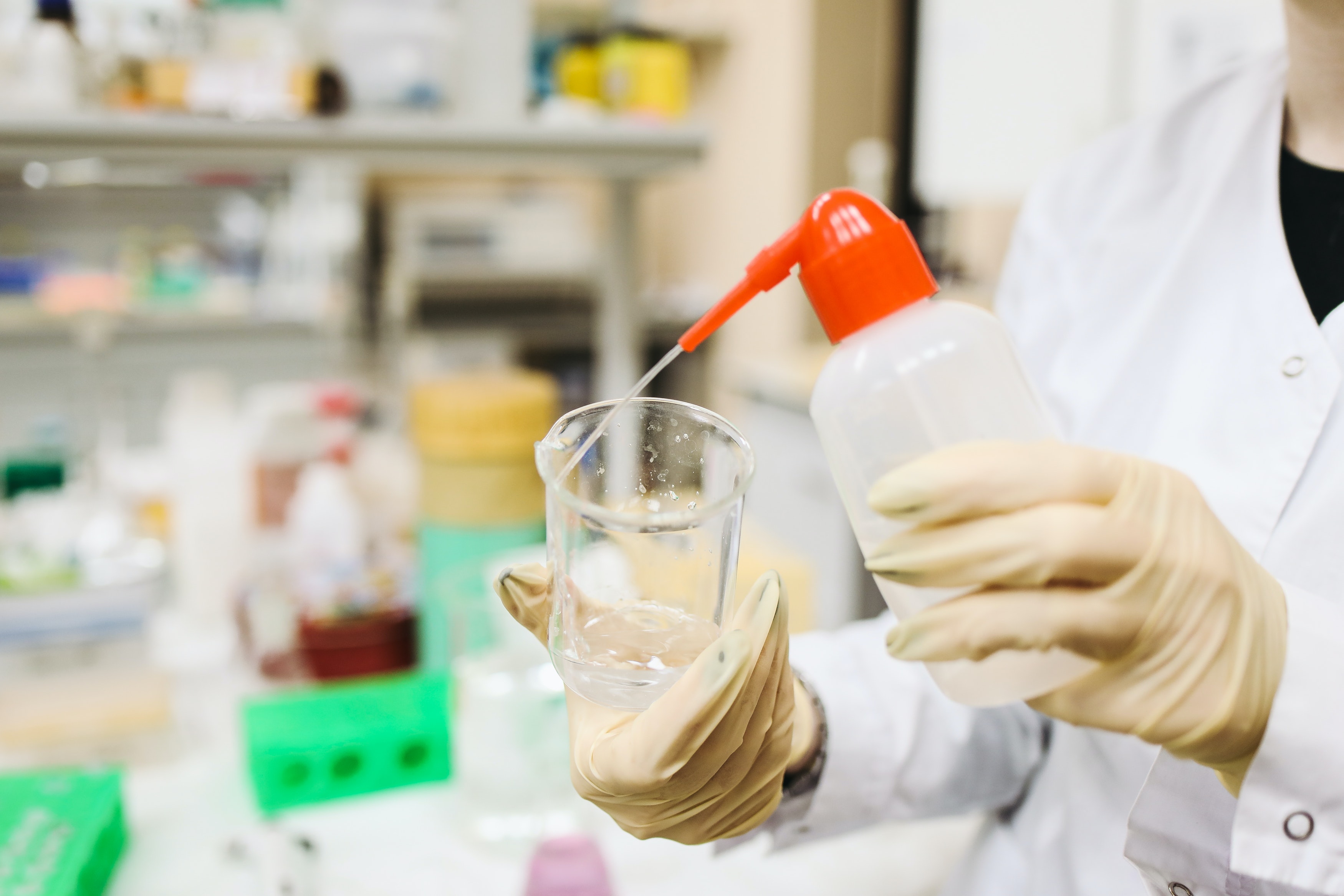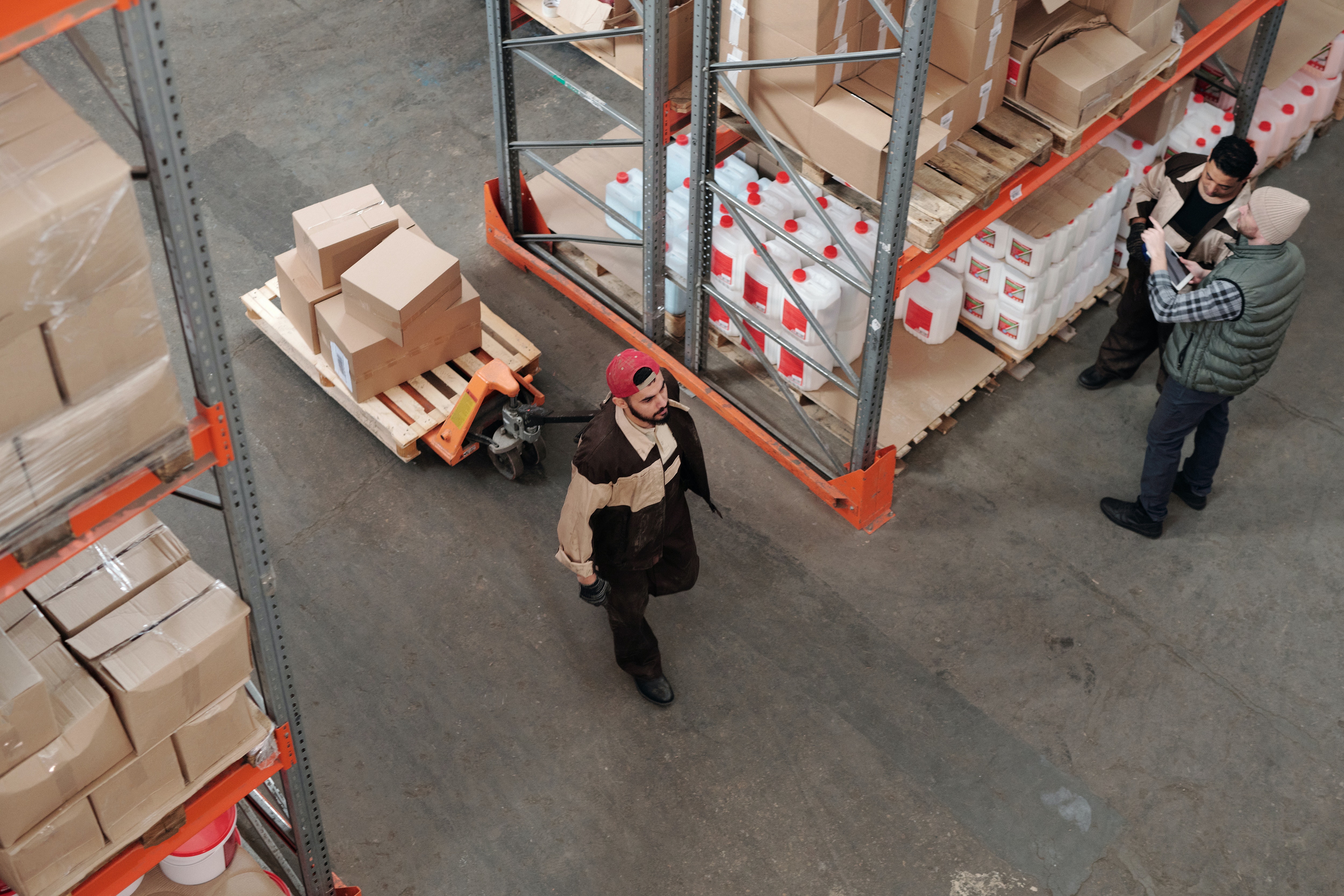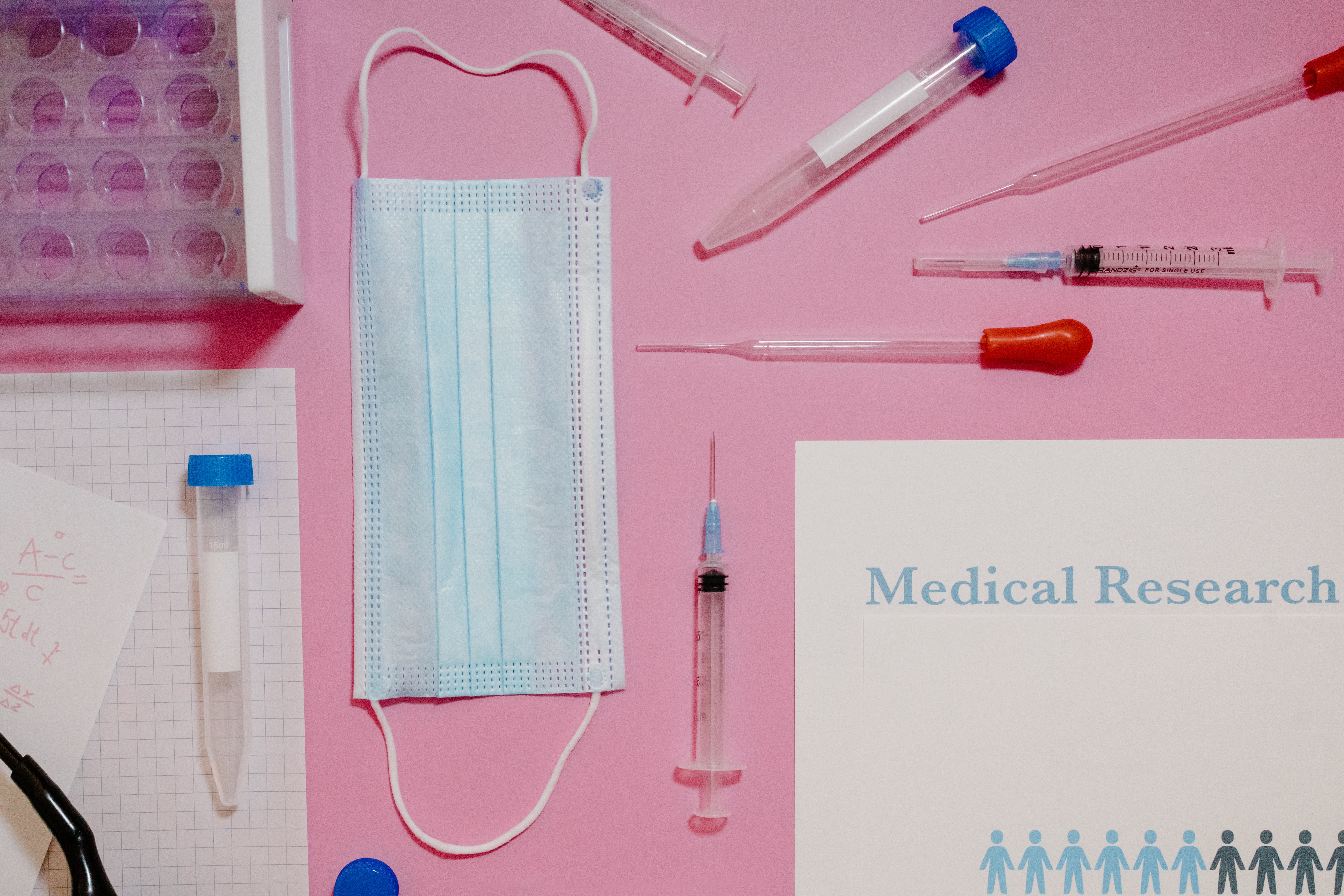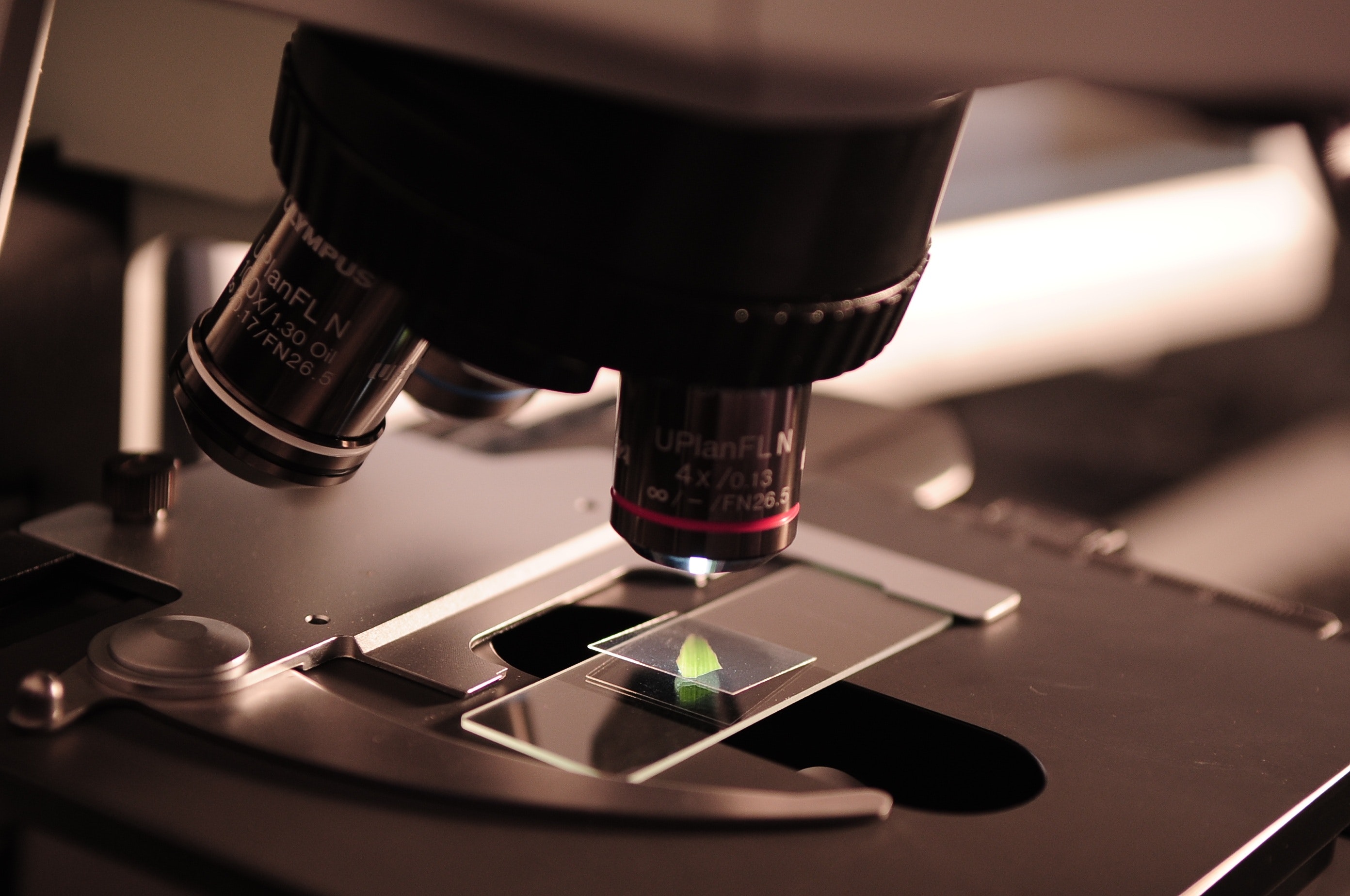In the pharmaceutical industry, clean areas are an important part of manufacturing processes. A clean area is a designated space within a facility that needs to be kept free from potential physical, chemical, and microbiological contaminants. These areas often contain sensitive equipment and materials that must be protected from any foreign particles.
Types of Clean Areas
Clean areas come in different classes which are based on the degree of contamination control needed for specific manufacturing processes. The Federal Drug Administration (FDA) has established three levels of cleanliness for these spaces. They are classified as follows:
Class 100 - also known as ISO 5 - is the most stringent level of cleanliness and requires particulate counts to be below 100 particles per cubic foot. This level is often used when working with extremely sensitive materials or components such as those used in sterile drug production.
Class 10,000 - also known as ISO 7 - requires particulate counts to be below 10,000 particles per cubic foot. This level is sufficient for many general manufacturing processes such as packaging or tablet coating operations.
Class 100,000 - also known as ISO 8 - requires particulate counts to be below 100,000 particles per cubic foot. This level is suitable for processes where less sensitive materials are being handled such as mixing or weighing operations.
In addition to the particulate count requirements outlined above, there are other considerations when creating a controlled environment such as temperature and humidity control, airflow patterns, and pressure differentials between rooms or zones within the same area. It's important to note that all of these variables must be taken into account when establishing a quality system designed specifically for your facility's needs.
Clean areas play an integral role in pharmaceutical manufacturing by providing a safe and controlled environment for workers to handle sensitive materials and equipment without fear of contamination from outside sources. Understanding the requirements for each class of clean area can help you create a quality system that meets the needs of your facility while ensuring the safety and efficacy of your products. By following proper protocols you can ensure that your products meet all FDA regulations and standards while still achieving maximum efficiency in production operations. Investing in well-maintained clean rooms can save you time and money in the long run by preventing costly recalls or rework due to contamination issues down the line. Clean areas should not be overlooked when developing a quality system!






